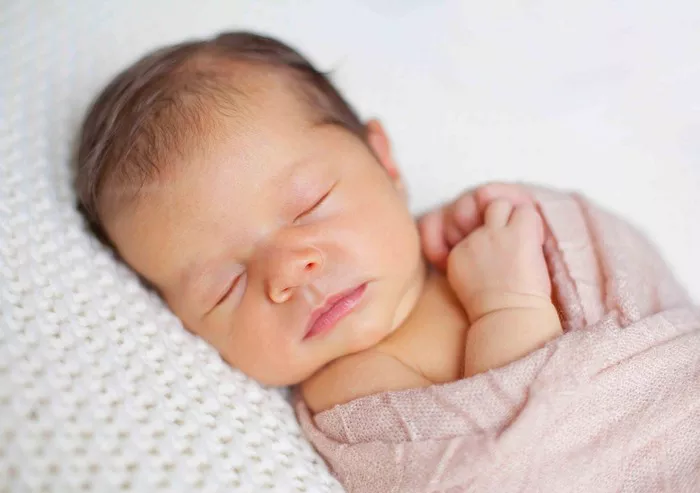Cold hands and feet are a common concern for parents, especially during the chilly nighttime hours when babies are fast asleep. While it can be alarming to touch your baby’s icy hands, it’s important to understand that this phenomenon is usually harmless and often a normal part of their development.
Why Do Babies Have Cold Hands?
Newborns and young infants have developing circulatory systems, which means their bodies are still learning how to regulate blood flow efficiently. In these early stages, blood circulation may prioritize vital organs like the heart, lungs, and brain, leaving extremities such as the hands and feet feeling cooler. This natural prioritization ensures that essential organs receive an adequate supply of oxygen and nutrients.
Factors Contributing to Cold Hands:
Apart from their developing circulatory systems, other factors can also contribute to a baby’s cold hands at night. Room temperature plays a significant role, as cooler environments can cause the body to conserve heat by reducing blood flow to the extremities. Additionally, the type and thickness of clothing worn by the baby can affect their body temperature.
When to Worry:
While cold hands alone are usually not a cause for concern, there are certain signs that may indicate a more serious issue requiring medical attention:
Blueish skin: If your baby’s hands appear blueish, especially around the lips or face, it could indicate poor circulation or low oxygen levels in the blood.
Accompanying symptoms: Cold hands accompanied by symptoms such as lethargy, poor feeding, or difficulty breathing may signify an underlying health problem.
If you notice any of these concerning signs, it’s essential to consult a healthcare professional promptly for further evaluation and guidance.
Tips for Keeping Baby Warm:
To ensure your baby stays comfortable and warm during the night, consider implementing the following tips:
Dress in layers: Dress your baby in layers, including socks and mittens, to provide added insulation against the cold.
Use sleep sacks or swaddles: Opt for sleep sacks or swaddles instead of loose blankets to reduce the risk of suffocation and keep your baby snug and warm.
Maintain a comfortable room temperature: Aim to keep the room temperature between 68-72°F (20-22°C) to create a cozy sleeping environment for your little one.
Warm baby’s hands: If your baby’s hands feel cold, gently rub them between your palms to generate warmth and improve circulation.
Reassurance and Peace of Mind:
It’s natural for parents to worry about their baby’s well-being, but in most cases, cold hands alone are not a cause for alarm. By understanding the reasons behind this common occurrence and taking steps to keep your baby warm and comfortable, you can help ensure their overall health and happiness.
Remember to trust your instincts and seek medical advice if you have any concerns about your baby’s health. Additionally, there are various resources available for parents, including reputable websites and hotlines, where you can find additional information and support.
Conclusion
In conclusion, while cold hands in babies may seem concerning, they are often a normal part of their development. By staying informed, providing warmth and comfort, and seeking medical advice when necessary, you can help ensure your baby’s well-being and enjoy peace of mind as a parent.
FAQs
Why does my baby have cold hands at night?
Babies often have cold hands because their circulatory system is still developing. At night, when they’re not moving as much, blood flow to their extremities decreases, causing their hands to feel cold.
Is it OK for babies’ arms to be cold at night?
Yes, it’s normal for babies’ arms to feel cold at night as long as their core body temperature remains warm. Make sure they’re dressed appropriately for the room temperature, and use lightweight blankets if needed.
How do I know if my baby is too cold at night?
Check their chest or back to feel if they’re warm enough. Also, observe their behavior—if they’re fussy or restless, they might be uncomfortable due to being too cold. Keep the room temperature between 68-72°F and dress them in layers to maintain a comfortable temperature.
Related topics:
- Is Fresh Air Good for a Cough? Understanding the Benefits and Considerations
- Clearing Chest Congestion in Infants: A Comprehensive Guide
- Clearing the Way: A Guide to Treating Chest Colds in Newborns


